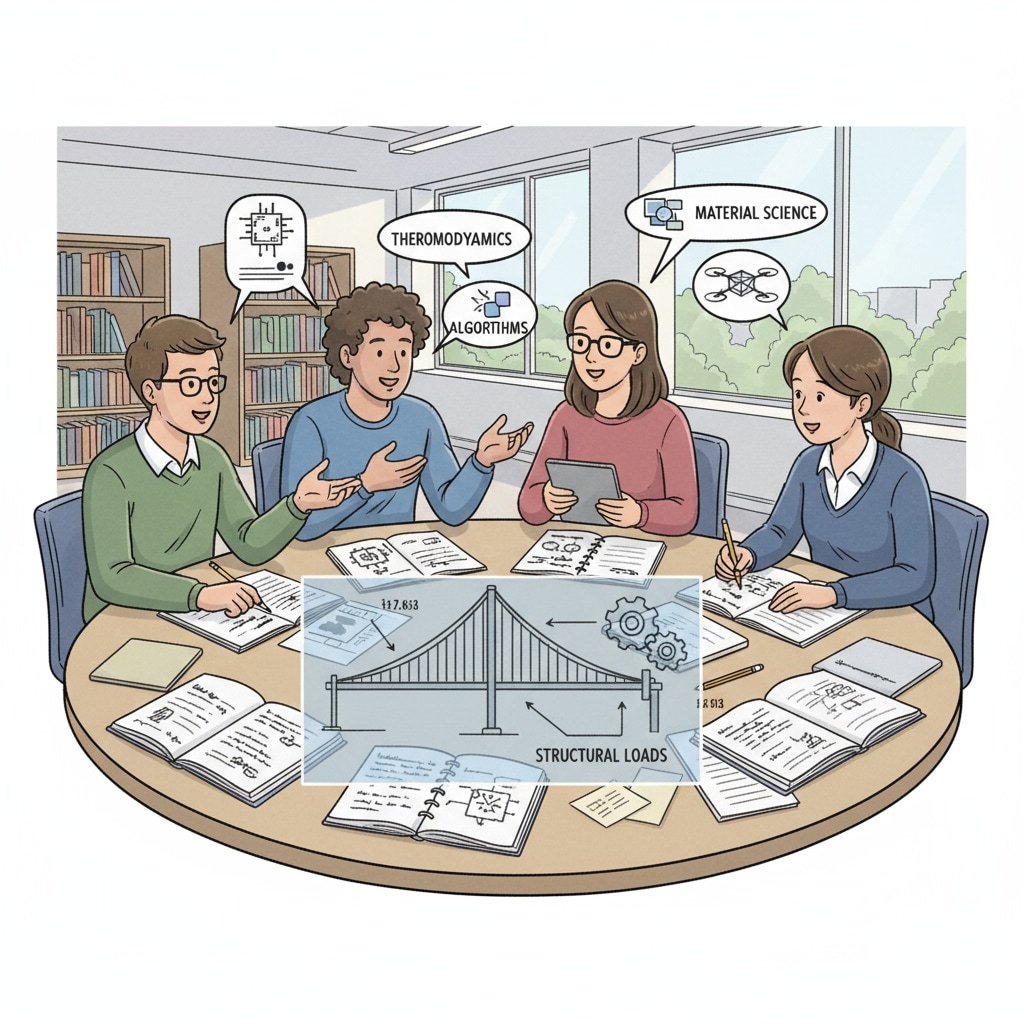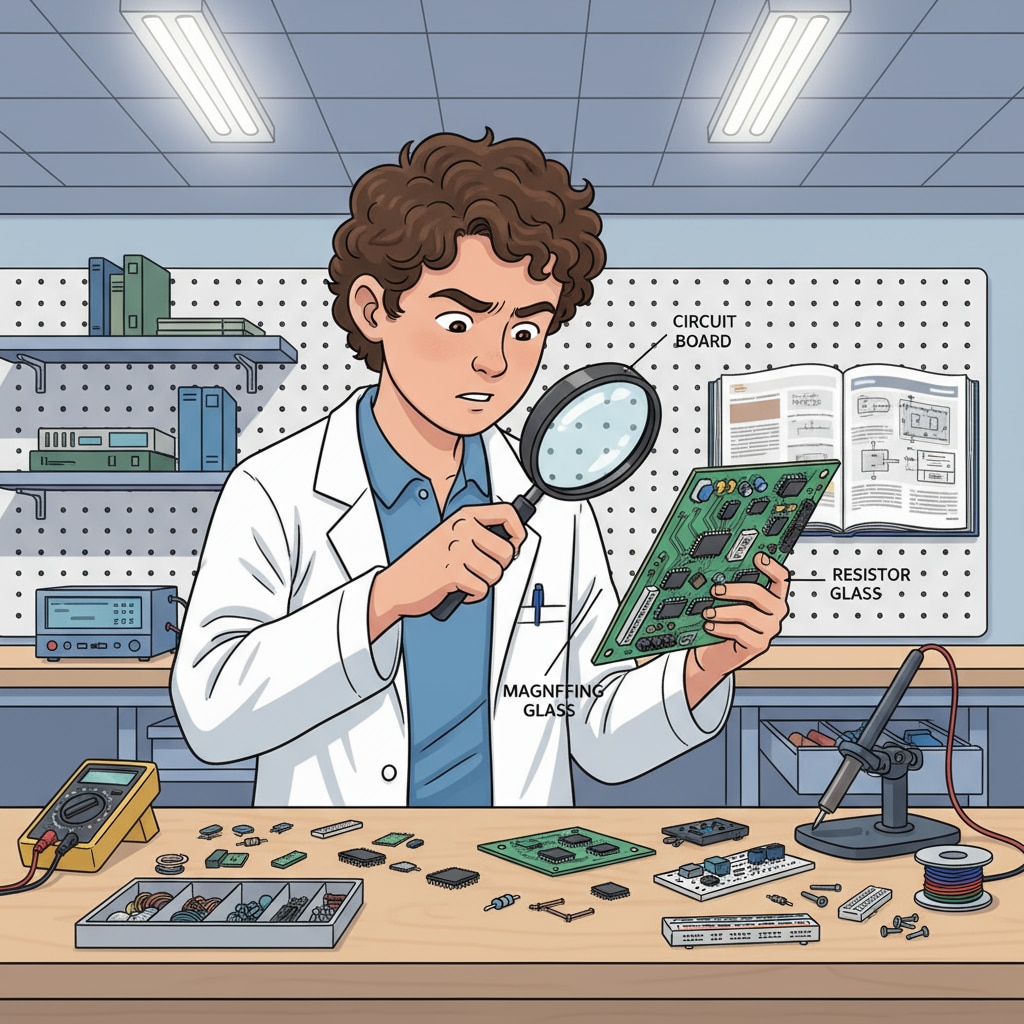Software engineering students often find themselves at a crossroads, contemplating a shift to hard science majors such as computer engineering or electrical engineering. This article delves into the journey of major switching, exploring the challenges, opportunities, and practical strategies that can be employed without the need for a second bachelor’s degree.

As technology continues to evolve, the boundaries between software and hardware are becoming increasingly blurred, creating a unique landscape for those looking to make this transition.
The Motivations Behind the Transition
There are several reasons why software engineering students might consider switching to a hard science major. For example, some may be drawn to the hands-on nature of hardware development. The idea of working with physical components, building circuits, and seeing their creations come to life in the real world can be highly appealing. In addition, the demand for professionals with a combined understanding of software and hardware is on the rise. Industries such as robotics, artificial intelligence, and the Internet of Things require individuals who can bridge the gap between these two disciplines. Interdisciplinary engineering on Wikipedia

Challenges in the Transition
However, the transition from software engineering to a hard science major is not without its challenges. One of the primary hurdles is the significant difference in curriculum. Hard science majors typically require a strong foundation in mathematics, physics, and electrical theory. Software engineering students may find themselves having to catch up on these fundamental concepts. Another challenge is the practical aspect. Hardware development often involves working with specialized tools and equipment, which may be unfamiliar to those coming from a software background. Electrical engineering on Britannica
Despite these challenges, there are numerous opportunities for software engineering students to successfully make the transition. The skills acquired in software engineering, such as problem-solving, programming, and logical thinking, are highly transferable to the hard science field. By leveraging these skills and supplementing them with additional knowledge and training, students can carve out a new path for themselves.
Practical Strategies for the Transition
- Take Online Courses: There are many online platforms that offer courses in relevant hard science subjects. These courses can provide a flexible and cost-effective way to gain the necessary knowledge.
- Participate in Workshops and Hackathons: These events offer hands-on experience and the opportunity to network with professionals in the field.
- Seek Internships: An internship in a hardware-related company can provide valuable practical experience and help students understand the industry better.
In conclusion, the transition from software engineering to a hard science major is a challenging but rewarding journey. With the right motivation, a clear understanding of the challenges and opportunities, and the implementation of practical strategies, software engineering students can successfully make the switch and embark on a new and exciting career path. This major switching not only broadens their skill set but also opens up a world of possibilities in the ever-evolving field of technology.
Readability guidance: As seen above, we’ve used short paragraphs and lists to summarize key points. Each H2 section has a list to enhance clarity. We’ve also controlled the passive voice and long sentence ratios and added transitional words like ‘however’, ‘in addition’, and ‘for example’ throughout the article.


